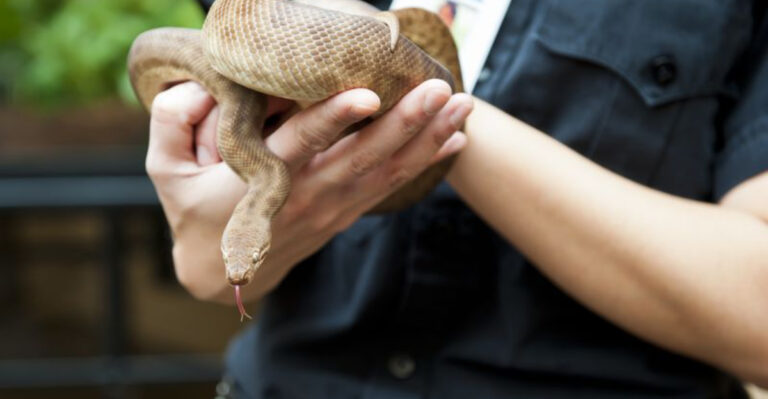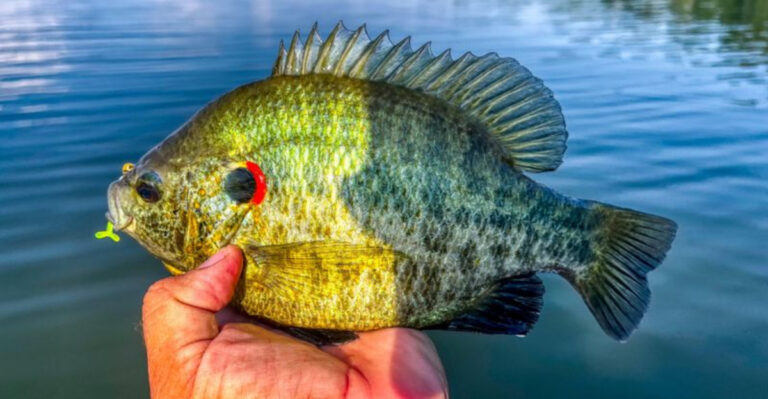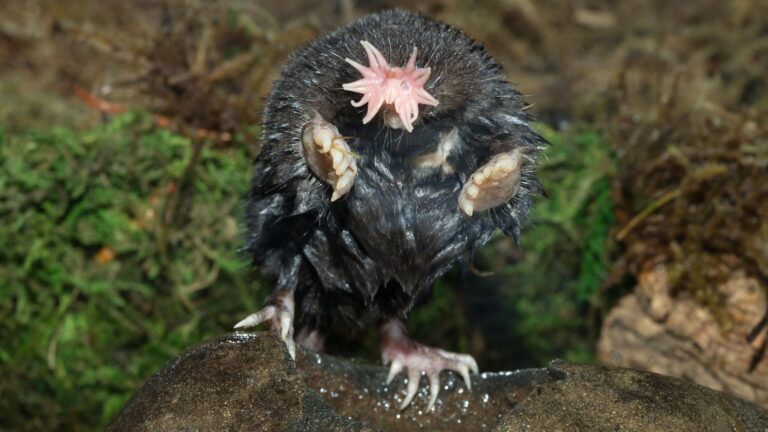15 Alarming Reasons Your Dog Drinks Too Much Water
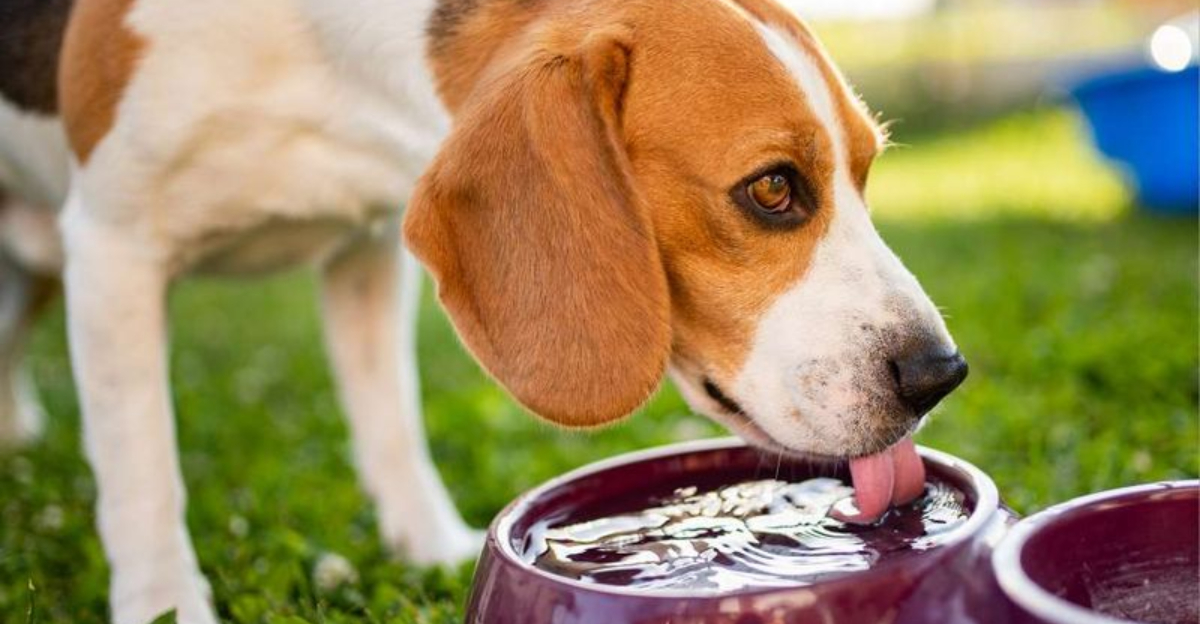
Has your furry friend been emptying their water bowl more frequently than usual? While dogs naturally need plenty of water to stay healthy, excessive drinking might signal something’s wrong.
Polydipsia – the medical term for increased thirst – can develop gradually, making it easy to miss until it becomes severe.
1. Dry Food Diet Impact

Switching to a dry food diet can make dogs thirstier. Imagine the crunch of kibble replacing moist meals. This dietary change prompts dogs to drink more to aid digestion and maintain hydration.
While dry food is convenient, it can increase water intake. Always ensure your pet has a fresh supply of water to avoid dehydration.
If you notice excessive drinking, consult a vet to rule out any dietary imbalances.
Fun fact: Some dogs prefer to soak their dry food in water before eating, creating a makeshift broth to enjoy!
2. Kidney Disease Warning Signs

When kidneys struggle to filter waste properly, your dog compensates by drinking more water. This vital organ dysfunction often appears in aging dogs, though younger pups aren’t immune.
Early detection dramatically improves outcomes, so watch for other symptoms like frequent urination, lethargy, and weight loss alongside the increased thirst. Your veterinarian can run blood and urine tests to check kidney function and recommend appropriate treatment options.
3. Diabetes Mellitus Symptoms
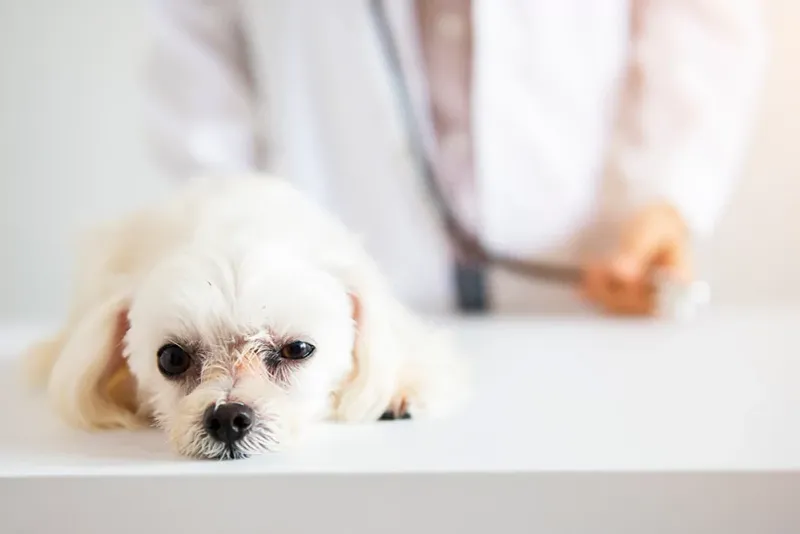
Sugar imbalances trigger intense thirst in diabetic dogs. Their bodies can’t properly process glucose, causing it to spill into the urine and pull water along with it.
Female dogs develop diabetes more frequently than males, and certain breeds like Samoyeds and Miniature Schnauzers face higher risks. Beyond excessive drinking, watch for increased urination, voracious appetite, and unexplained weight loss. Insulin therapy and dietary changes can help manage this chronic condition effectively.
4. Cushing’s Disease Complications

Adrenal glands gone haywire produce too much cortisol in dogs with Cushing’s disease. This hormone imbalance creates a cascade of symptoms, with increased thirst often being the first sign owners notice.
Middle-aged and senior dogs, particularly Poodles, Dachshunds, and Terriers, face higher risks. The characteristic pot-bellied appearance, hair loss, and skin changes develop gradually alongside the thirst. Medication can effectively manage cortisol levels, improving your dog’s quality of life.
5. Urinary Tract Infections

Painful bacteria invasions in your dog’s urinary system trigger excessive drinking as the body tries to flush out the infection. Female dogs suffer UTIs more frequently due to their shorter urethras.
Beyond increased thirst, your dog might strain while urinating, have accidents indoors, or produce cloudy, strong-smelling urine. Blood might even appear in severe cases. Antibiotics typically clear these infections quickly, but recurring UTIs warrant further investigation to rule out underlying issues.
6. Medication Side Effects
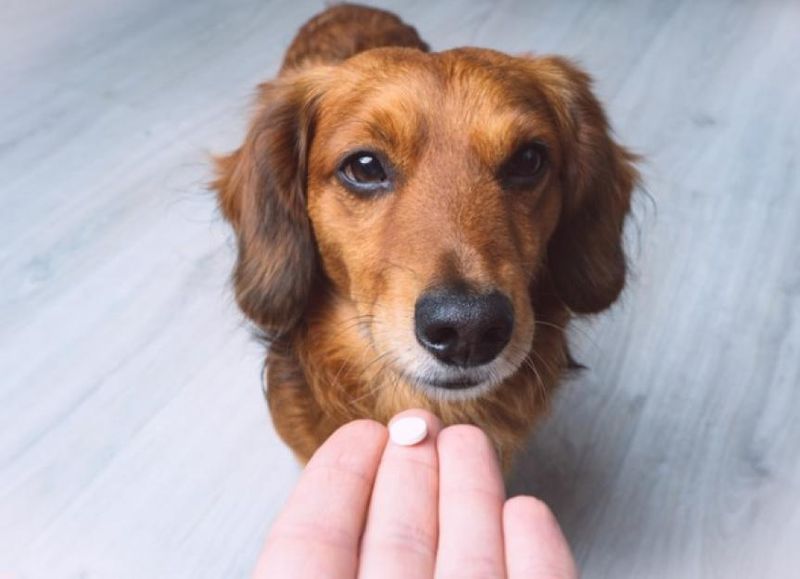
Some prescription drugs unintentionally trigger excessive thirst in dogs. Corticosteroids like prednisone, commonly prescribed for inflammation and allergies, frequently cause this side effect.
Diuretics and seizure medications might also increase your dog’s water consumption. Don’t stop any prescribed medication without consulting your vet first! Instead, track when the increased thirst began relative to starting new medications. Your veterinarian can adjust dosages or recommend alternatives if the side effects become problematic.
7. Heat Stroke Danger
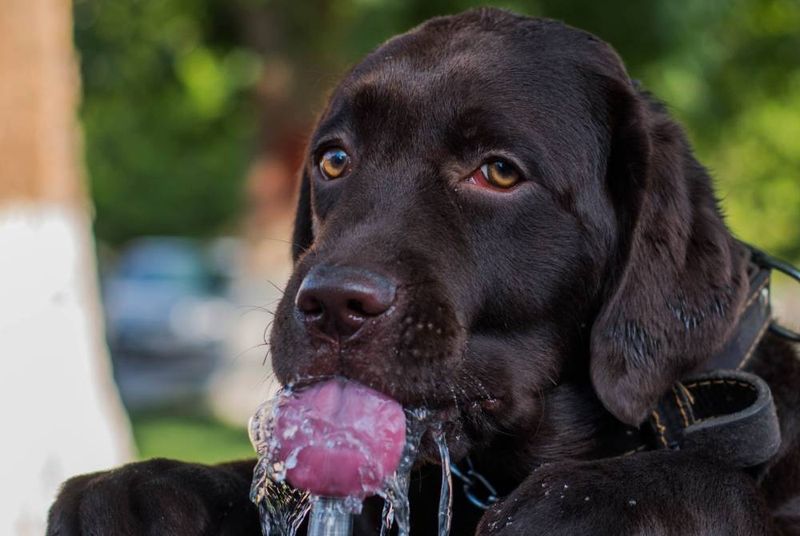
Summer heat can quickly become life-threatening for dogs. Their cooling mechanisms—primarily panting—work overtime during hot weather, leading to increased water intake as they try to regulate body temperature.
Brachycephalic breeds like Bulldogs and Pugs face especially high risks due to their shortened airways. Never leave dogs in hot cars or exercise them during peak heat hours. Provide constant access to fresh water and shade. Excessive panting, drooling, and lethargy alongside increased thirst require immediate veterinary attention.
8. Liver Disease Indicators

Your dog’s liver performs over 500 vital functions, including toxin removal and nutrient processing. When this powerhouse organ falters, increased thirst often follows as the body struggles to clear waste products.
Senior dogs develop liver problems more frequently, though certain breeds like Doberman Pinschers have genetic predispositions. Watch for yellowing gums or eyes, digestive issues, and confusion alongside the increased drinking. Early intervention with specialized diets and medications can slow disease progression.
9. Hypercalcemia Complications
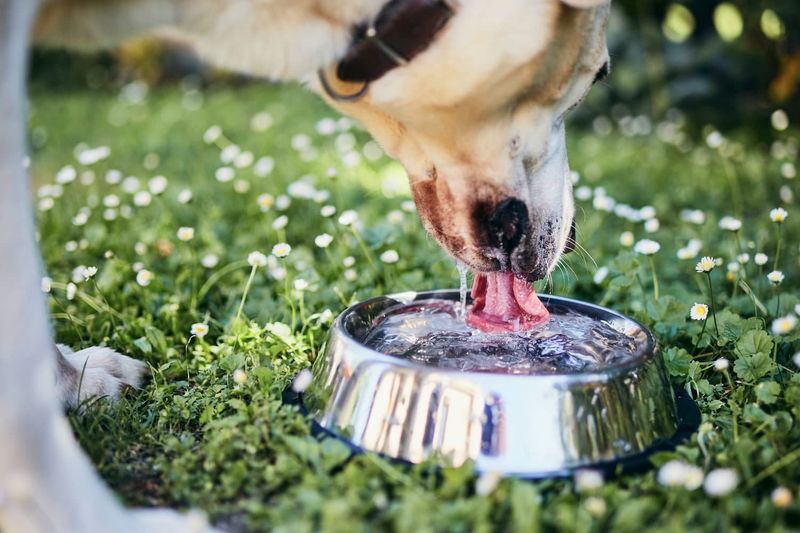
Abnormally high calcium levels in your dog’s bloodstream trigger protective mechanisms that increase thirst. This mineral imbalance often signals underlying problems like certain cancers or parathyroid issues.
Lymphoma patients frequently develop hypercalcemia as the disease progresses. Beyond drinking more, affected dogs might show decreased appetite, lethargy, and constipation. Diagnostic tests can identify the underlying cause, allowing for targeted treatment that addresses both the calcium imbalance and its root cause.
10. Pyometra Emergencies

Unspayed female dogs can develop life-threatening uterine infections called pyometra. This dangerous condition typically occurs 4-8 weeks after heat cycles and causes toxins to circulate throughout the body.
The infection triggers increased thirst as the body attempts to flush out bacterial toxins. Additional warning signs include vaginal discharge, abdominal swelling, and lethargy. Emergency surgery to remove the infected uterus is usually necessary. Spaying your female dog prevents this potentially fatal condition entirely.
11. Dietary Imbalances
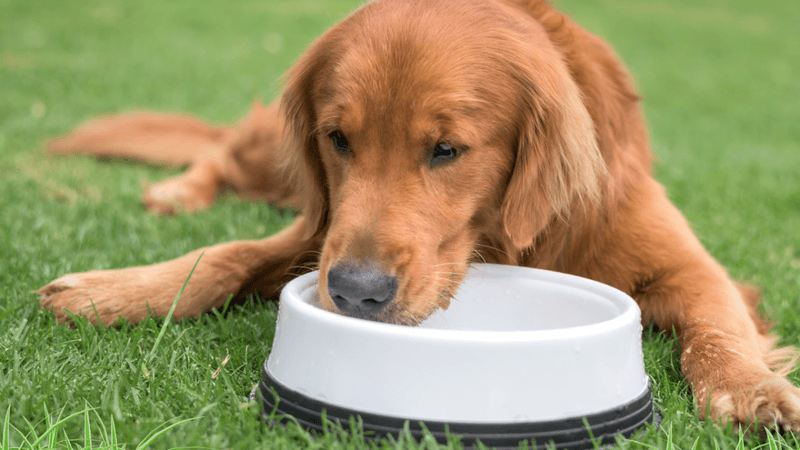
Dry kibble contains significantly less moisture than fresh or canned foods, naturally increasing your dog’s water requirements. Switching to a higher-sodium diet can similarly trigger increased thirst.
Raw food enthusiasts should ensure proper nutritional balance to avoid excessive protein waste products that increase kidney workload and thirst. Track changes in drinking habits whenever you modify your dog’s diet. Gradually transitioning between foods helps minimize digestive upset while allowing you to monitor how different formulations affect your dog’s hydration needs.
12. Addison’s Disease Signals
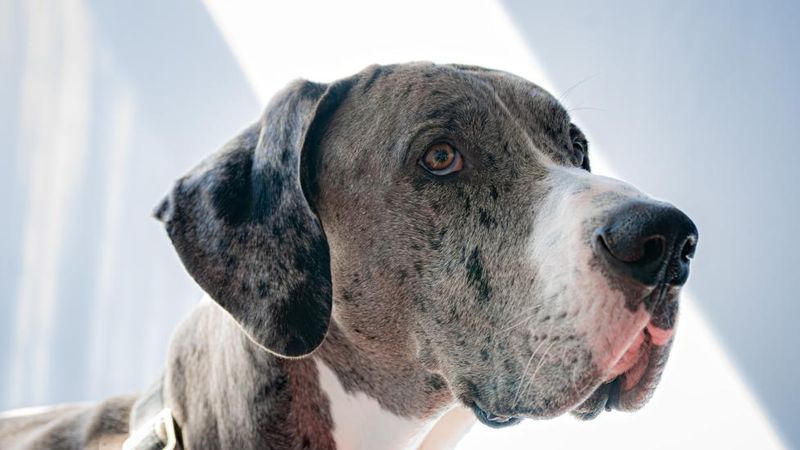
Addison’s disease – the opposite of Cushing’s – occurs when adrenal glands produce insufficient cortisol and aldosterone hormones. This deficiency disrupts electrolyte balance, leading to increased thirst as the body struggles to maintain proper hydration.
Young to middle-aged female dogs face higher risks, with Standard Poodles, Great Danes, and Portuguese Water Dogs showing genetic predispositions.
Waxing and waning symptoms like lethargy, digestive upset, and weakness accompany the thirst. Hormone replacement therapy effectively manages this condition, allowing affected dogs to live normal lives.
13. Diabetes Insipidus Disorders

Unlike diabetes mellitus, diabetes insipidus doesn’t involve blood sugar problems. Instead, this rare condition prevents proper water regulation due to hormone deficiencies or kidney receptor problems.
Affected dogs produce massive amounts of dilute urine, leading to constant, insatiable thirst. Without treatment, severe dehydration quickly develops despite drinking enormous quantities.
Desmopressin medication helps manage neurogenic forms, while nephrogenic cases require addressing underlying causes and careful fluid management.
14. Hyperthyroidism Complications
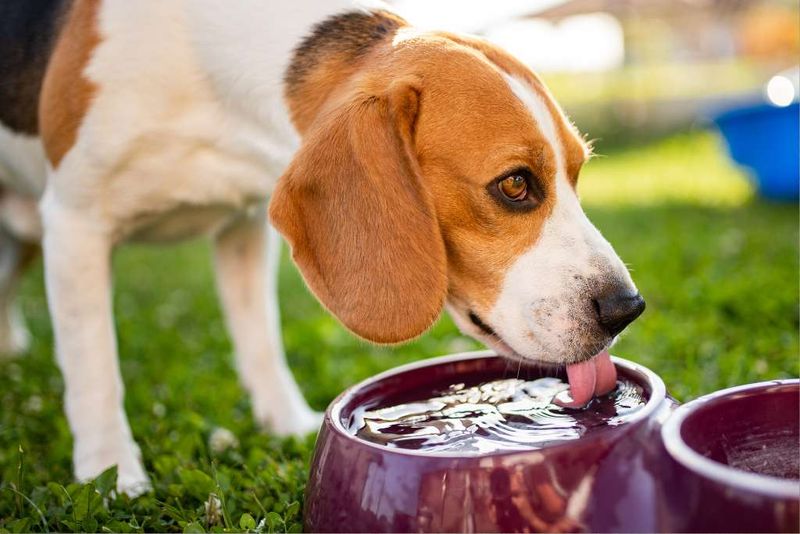
Though rare in dogs compared to cats, hyperthyroidism accelerates metabolism through excessive thyroid hormone production. This metabolic overdrive generates extra body heat and increases thirst.
Middle-aged to older dogs typically develop this condition, often due to thyroid tumors. Weight loss despite voracious appetite, restlessness, and increased heart rate accompany the excessive drinking. Diagnostic blood tests confirm elevated thyroid hormone levels.
Treatment options include medication, surgery, or radioactive iodine therapy to normalize thyroid function.
15. Post-Surgery Recovery Needs
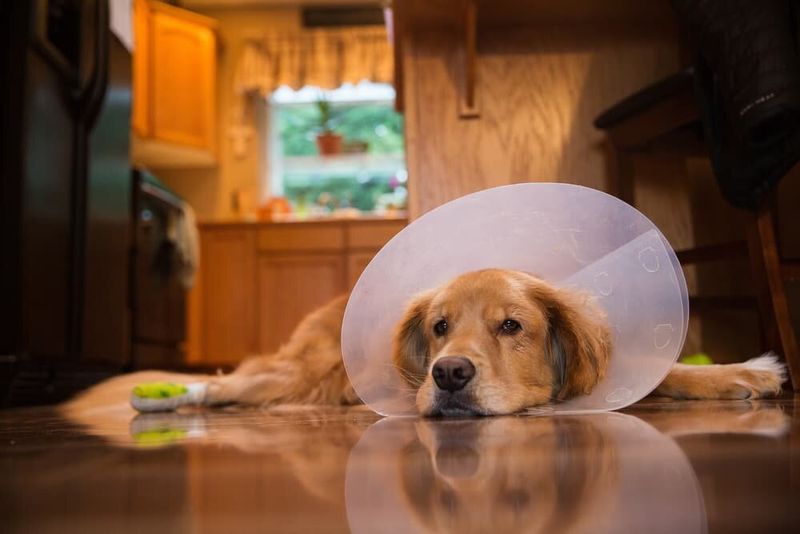
Recent surgical procedures often trigger temporary increases in thirst. Anesthesia drugs, pain medications, and the body’s healing processes all contribute to greater fluid requirements during recovery.
Healing tissues demand extra hydration, while some medications cause mild dehydration as a side effect. This increased thirst typically resolves as recovery progresses.
Always follow your veterinarian’s post-operative care instructions regarding water access. Some surgeries require temporary water restrictions, while others benefit from encouraging increased fluid intake.



